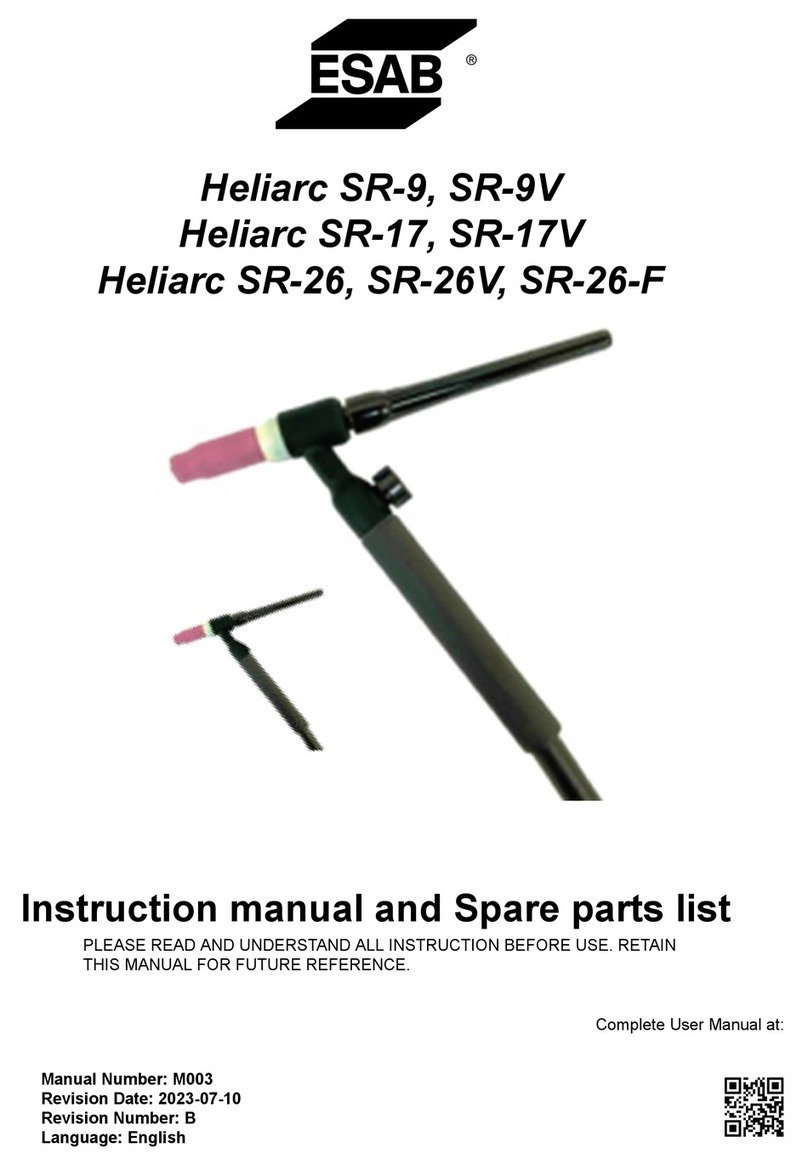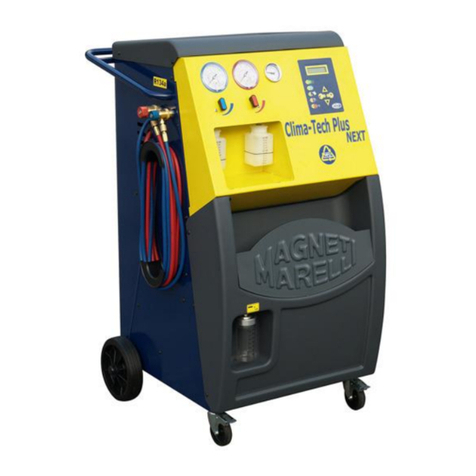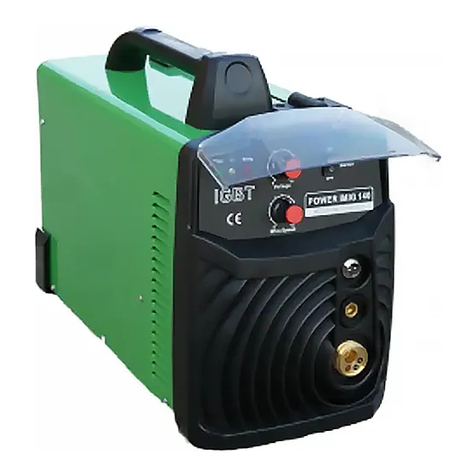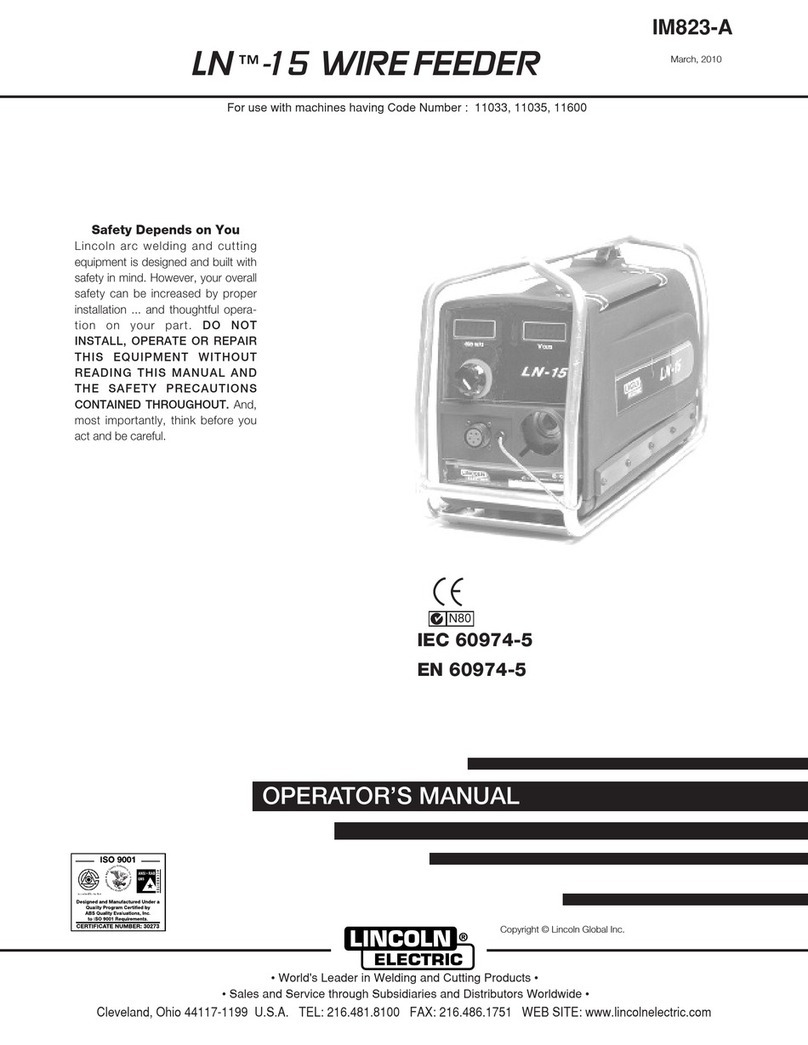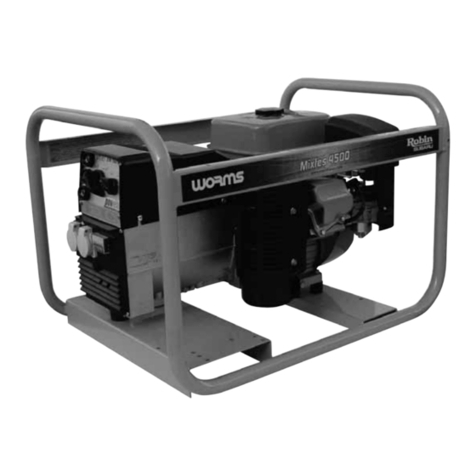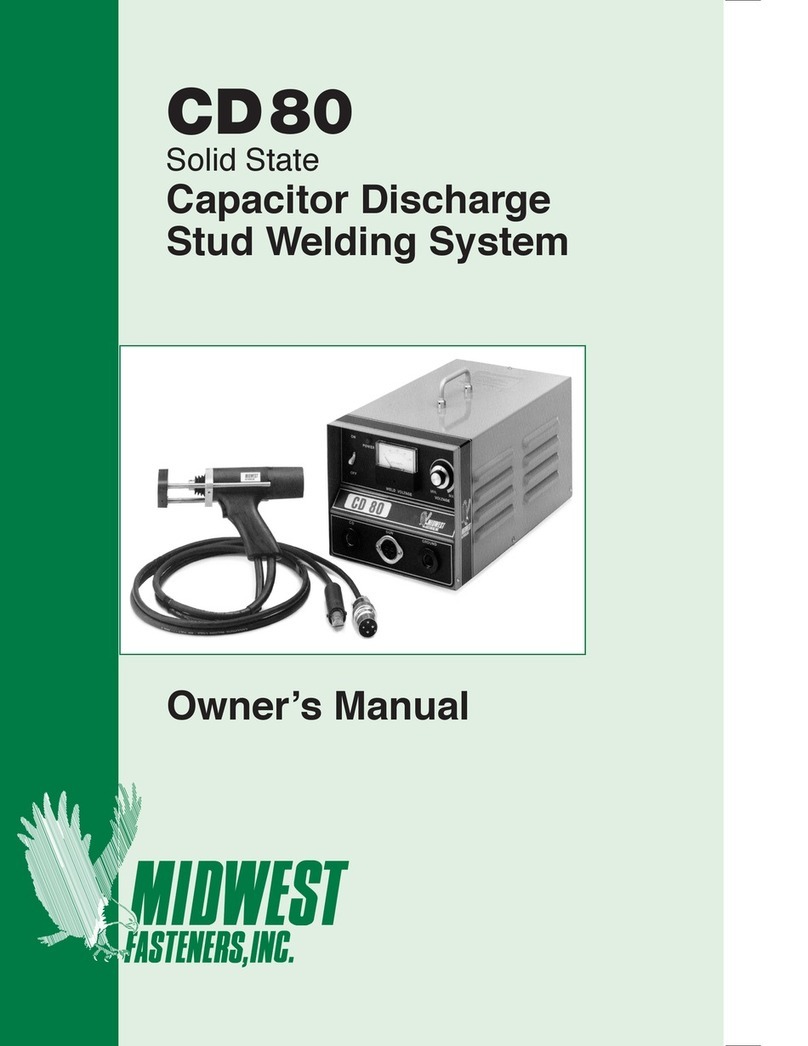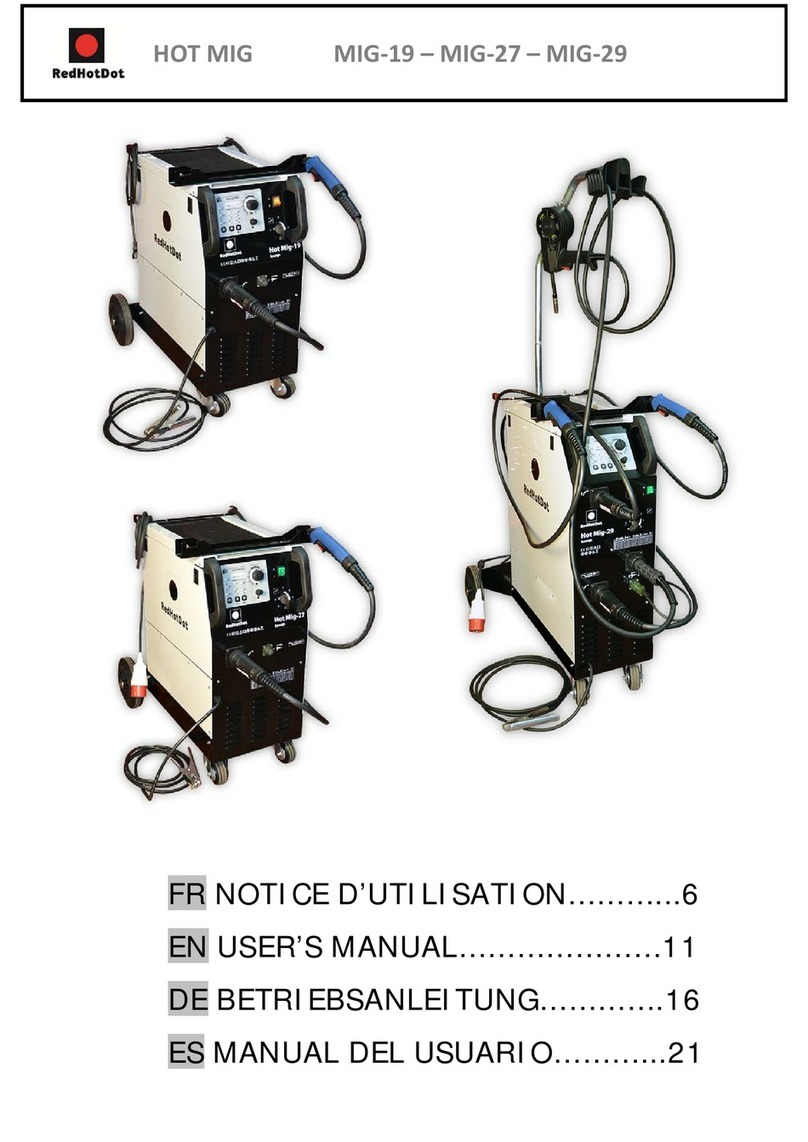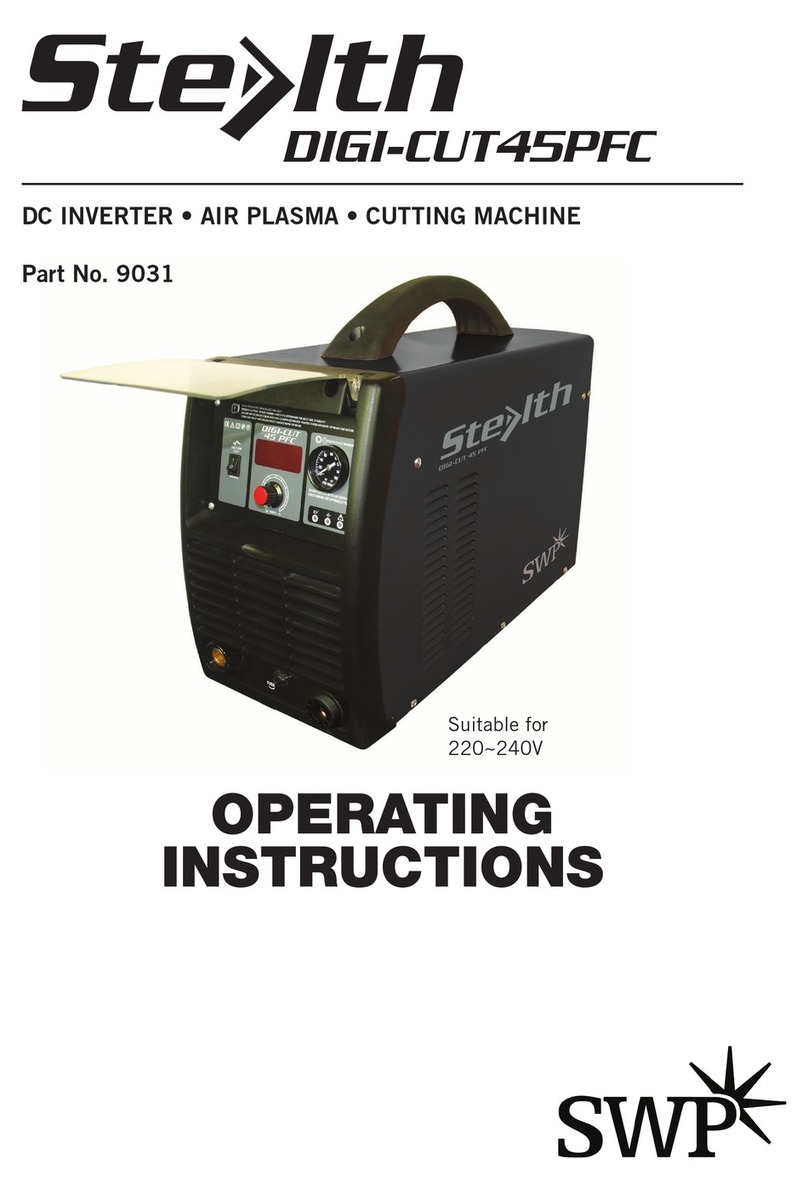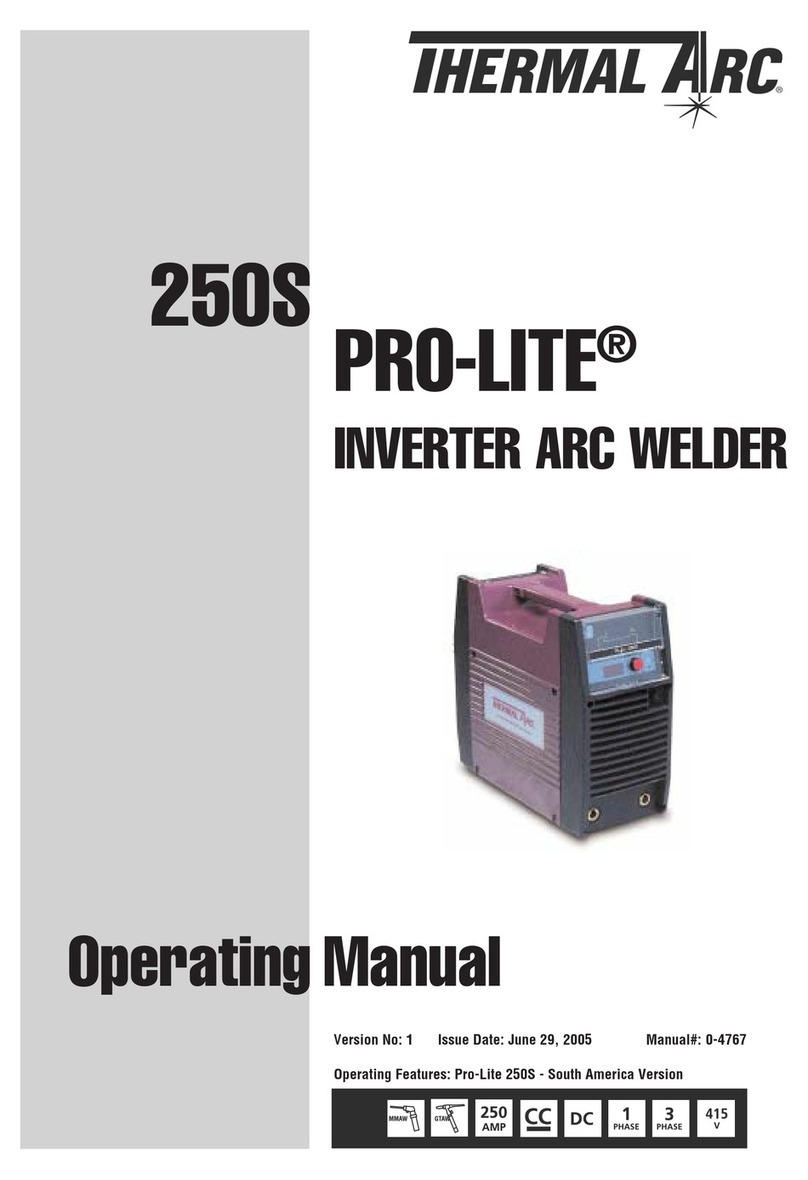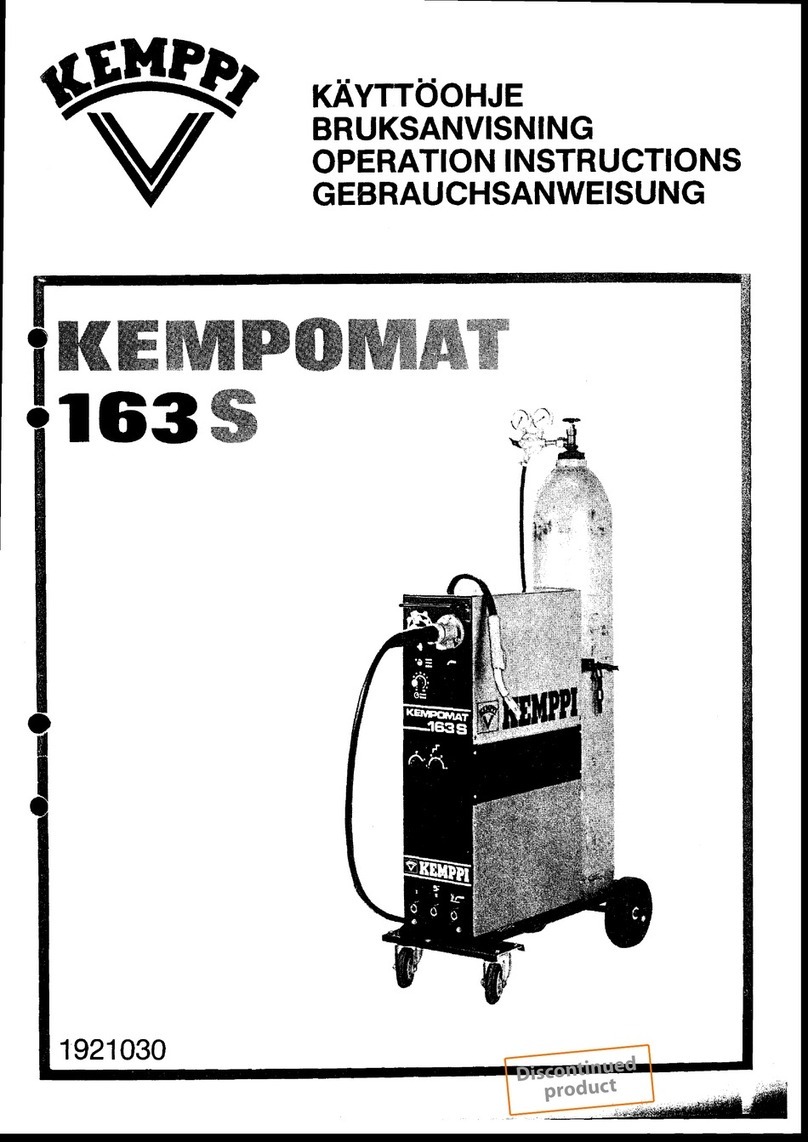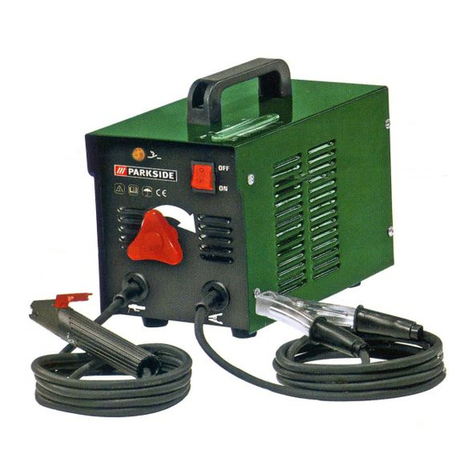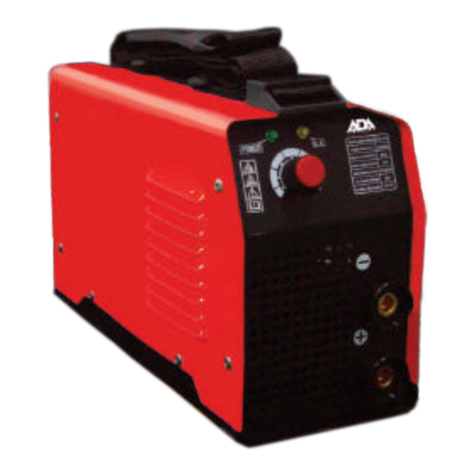
Operator’s Manual 5
CARBON MONOXIDE - POISONOUS GAS
Use unit outdoors, away from open windows, vents, or doors.
Unit exhaust contains carbon monoxide - a poisonous gas that can
kill you. You CAN NOT smell or see this gas.
Never use the unit in enclosed or partially-enclosed spaces. The
unit can produce high levels of carbon monoxide very quickly. When
you use this unit, remember that you cannot smell or see carbon
monoxide. Even if you can’t smell exhaust fumes, you may still be
exposed to carbon monoxide.
If you start to feel sick, dizzy, or weak while using the unit, get to
fresh air RIGHTAWAY. DO NOT DELAY. The carbon monoxide from
the unit can rapidly lead to full incapacitation and death.
If you experience serious symptoms, get medical attention
immediately. Inform medical staff that carbon monoxide poisoning
is suspected. If you experienced symptoms while indoors, have
someone call the re department to determine when it is safe to
re-enter the building.
Never operate the unit in an explosive atmosphere, near combustible
materials or where ventilation is not sufcient to carry away exhaust
fumes. Exhaust fumes can cause serious injury or death.
NEVER use the unit indoors, including in homes, garages,
basements, crawl spaces, and other enclosed or partially-enclosed
areas, even with ventilation. Opening doors and windows or using
fans will not prevent carbon monoxide build-up in the home.
Follow the instructions that come with your unit. Locate the unit
outdoors and away from doors, windows, and vents that could allow
the carbon monoxide gas to come indoors.
ONLY run unit outdoors and away from air intakes.
NEVER run unit inside homes, garages, sheds, or other semi-
enclosed spaces. These spaces can trap poisonous gases EVEN
IF you run a fan or open doors and windows.
If you start to feel sick, dizzy, or weak while using the unit, shut if
off and get fresh air IMMEDIATELY. See a doctor. You may have
carbon monoxide poisoning.
Install battery-operated carbon monoxide alarms or plug-in carbon
monoxide alarms with battery back-up in your home, according to
the manufacturer’s installation instructions. The carbon monoxide
alarms should be certied to the requirements of the latest safety
standards for carbon monoxide alarms. (UL 2034, IAS 6-96, or
CSA 6.19.01).
Test your carbon monoxide alarm frequently and replace dead
batteries.
34-1916-092410-E-F-S.
Using a generator indoors CAN KILL YOU IN MINUTES.
Generator exhaust contains carbon monoxide. This is a
poison you cannot see or smell.
NEVER use inside a home
or garage, EVEN IF doors
and windows are open.
Only use OUTSIDE and far
away from windows, doors,
and vents.
Utilizando un generador adentro
PUEDE MATARLE EN MINUTOS.
El escape de generador contiene
monóxido de carbono. Este es un
gas tóxico que usted no puede ver ni
puede oler.
Nunca utilice dentro de un hogar ni el
garaje, INCLUSO SI puertas y
ventanas estén abiertas.
Solo utilice AFUERAS y lejos de
ventanas abiertas, las puertas, y
descargas.
L'utilisation d'un groupe électrogène à
l'intérieur PEUT VOUS TUER EN
QUELQUES MINUTES.
Le gaz d'échappement du groupe
électrogène contient de l'oxyde de
carbone. C'est un gaz toxique que l'on
ne peut pas voir ou sentir.
Ne JAMAIS utiliser à l'intérieur d'une
maison ou d'un garage, MÊME SI les
portes et fenêtres s'ont ouvertes.
N'utiliser qu'à l'EXTÉRIEUR et bien éloigné
des fenêtres, portes, et conduits d'aération.





















